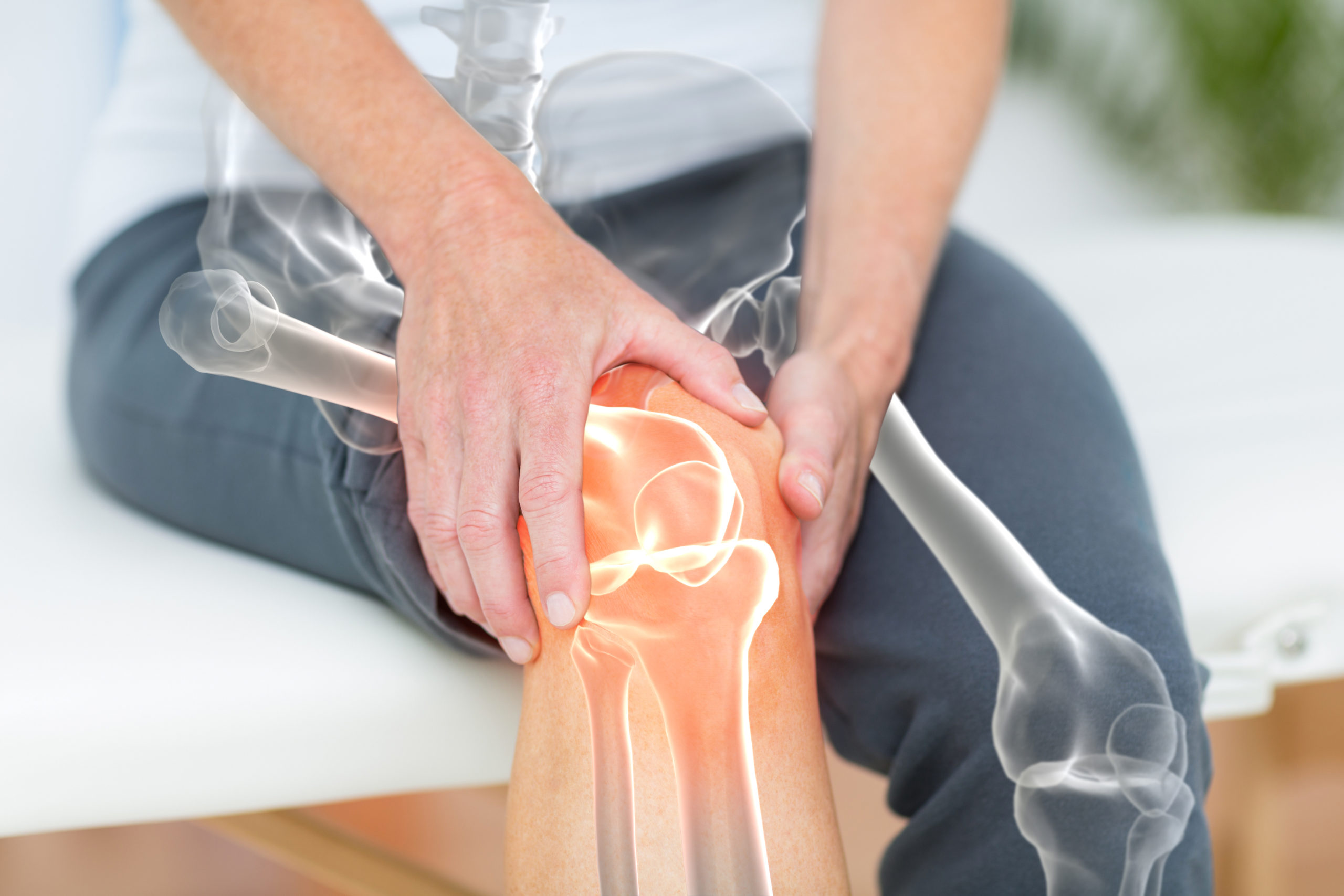 Verified By Dr Jairamchander Pingle February 9, 2024
Verified By Dr Jairamchander Pingle February 9, 2024

Bone pain is known as extreme soreness, aching, or severe discomfort in one or more bones. It differs from muscle to joint pain and can occur whether or not the patient is moving. The discomfort is frequently linked to disorders that alter the bone’s normal function or structure.
Bone pain, tenderness, or ache is a common complaint, especially among those in their forties and fifties. The body changes dramatically as one gets older. As people become less active, the muscle size and bone density tend to diminish.
While it is most often caused by a loss of bone density or a fracture, it can also indicate a significant underlying medical issue. Infection, a disruption in the blood flow, or cancer can all cause bone discomfort or tenderness. People should not ignore bone pain because it is one of the most common symptoms of bone cancer. The long bones of upper arms and legs are the most commonly affected, but they can affect any bone. Primary bone cancer occurs when cancer cells begin to grow in the bone itself.
There are different reasons for bone pain, including:
The bones require a range of minerals and vitamins, including Calcium and Vitamin D, to stay strong. Osteoporosis, the most common type of bone disease, is caused by a lack of calcium and vitamin D. Bone discomfort is common in people with osteoporosis in its later stages.
Bone discomfort is frequently caused by injury. Usually, this pain occurs as a result of a traumatic event, such as a car accident or a fall. The bone may be broken or fractured as a result of the collision. Bone pain can result from any type of bone injury.
Osteomyelitis is a dangerous illness that occurs when an infection starts in or spreads to the bones. This type of bone infection can damage bone cells and cause discomfort.
Leukemia is a bone marrow malignancy. Most bones include bone marrow, which is responsible for the formation of bone cells. Bone discomfort is common in people with leukaemia, especially in the legs.
Cancer cells that originate in the bone are referred to as bone cancer. Metastatic bone cancer is much more common than bone cancer. When cancer alters or destroys the normal structure of the bone, it can cause discomfort.
This is cancer that started in another part of the body but spreads to other parts of the body. Breast, lung, thyroid, kidney, and prostate cancers are among the most common tumors to spread to the bones.
Some illnesses, such as sickle cell anemia, cause the blood supply to the bones to be disrupted. Bone tissue begins to deteriorate without a constant supply of blood. This results in severe bone pain and a weakening of the bone.
For many pregnant women, pelvic discomfort is a typical occurrence. Pregnancy-related pelvic girdle discomfort is another name for this condition (PPGP). Pain in the pubic bone, as well as stiffness and pain in the pelvic joints, are common symptoms.
PPGP usually doesn’t go away till after the baby is born. Early treatment, on the other hand, can help to alleviate symptoms. Among the treatment options available are:
If the expecting woman is experiencing pelvic pain, she should seek immediate care from the doctor.
Other signs and symptoms vary depending on the source of the bone pain.
Bone discomfort is frequently caused by serious conditions. Even minor bone pain can signal an emergency. Consult the doctor if someone has unexplained bone pain that doesn’t go away after a few days.
If the bone pain is accompanied by weight loss, a loss of appetite, or general exhaustion, the patient should consult a doctor at the earliest.
Injury-related bone pain should also be addressed by a physician. Fractures caused by direct trauma to the bone require medical attention. Bones can heal improperly and restrict movement if not treated properly. Trauma also puts the patient at risk for infection.
The doctor will want to know everything about the medical history, including any past diagnoses and the nature of the bone pain. These could include the following:
The doctor may order blood tests for vitamin deficiencies or cancer indicators. Blood testing can also help the doctor detect infections and problems of the parathyroid and adrenal glands, affecting bone health.
X-rays, MRIs, and CT scans of the affected area can help the doctor look for injuries, bone lesions, and cancers within the bone.
Urine tests can be used to diagnose bone marrow abnormalities, such as multiple myeloma.
The doctor may need to do various tests to rule out certain disorders and establish the actual reason for the bone pain.
The doctor will need to figure out what is causing the bone pain before deciding on an appropriate treatment. Some types of bone pain will go away following therapy; however, others may be chronic and require long-term management.
Fractures, for example, may require the use of a cast or splint. Rest, immobilization , ice, and elevation are the most common treatments for stress fractures.
To help avoid fractures, the doctor can treat osteoporosis-related bone pain with a combination of bone-building and pain relieving drugs, as well as lifestyle adjustments and fall prevention. Over-the-counter pain medications, including acetaminophen, aspirin, and ibuprofen, may provide short term relief from bone discomfort.
If the patient has a bone infection, the doctor may prescribe antibiotics to destroy the illness-causing bacteria.
Cancer-related pain will be treated by options based on the stage of cancer and the location of the malignancy.
Depending on how severe the bone pain is caused by sickle cell disease, it can be treated with a range of drugs.
Physical therapy and pelvic floor strengthening exercises can aid with PPGP, which normally doesn’t go away until after the baby is born.
The patient may need surgery to remove infected bone fragments. Broken bones may need to be re-set, and cancer-related tumours may require surgery. In severe circumstances where joints can be replaced or swapped, reconstructive surgery may be used.
If the patient has any form of major bone pain, regardless of what they think the source is, they should consult a doctor.
At least some types of bone pain, such as those caused by osteoporosis, can be avoided by maintaining strong, healthy bones. To accomplish this, one should:
Bone pain takes time to heal .Avoid irritating or straining the affected areas during recuperation. This can help to prevent further injury and discomfort while also allowing the body to recuperate. Rest and immobilize the injured parts as much as possible .
Braces, splints, and casts can provide the support that protects the bone while also relieving pain .
MBBS; MS (Ortho); FRCS, Senior Consultant Orthopaedic Surgeon, Apollo Hospitals, Jubilee Hills, Hyderabad

December 12, 2024